Just as president-elect Donald Trump was being voted in on a platform of higher tariffs for China, US businessmen were striking deals thousands of miles away at Shanghai’s biggest trade fair.
Dynamite, a family-run pet food business with 12 stores in Idaho, signed $1mn in orders from Chinese company Pawberry — part of a stream of agricultural deals between the two countries this week that have so far amounted to $711mn.
“Every so often you meet someone in business you just click with — we understand each other,” said Joshua Zamzow, chief executive Dynamite, of his business partner at Pawberry. “He understands his market, and he’s taking the products that fit for the China market and just blowing them up . . . sales have begun to explode.”
But for businesses large and small, as election results flowed in from Georgia to Pennsylvania, it soon became clear that the wider relationship between America and China was entering a new era of uncertainty. Trump campaigned on a platform of higher tariffs — 60 per cent on Chinese goods — after a first term in which he launched a trade war that is still raging.


The US election this year coincided with the annual China International Import Expo, launched by Xi Jinping in 2018 and part of the government’s attempts to position itself as open to foreign business. This year it attracted thousands of companies — including more than half of the Fortune 500 — seeking to take advantage of China’s consumer market despite a tough economic backdrop.
Daniel Benefield, a representative of Rad Beverage International which was marketing products from Texas whiskey distillery Giant, said ahead of the result that he hoped his bourbon products would fly “under the radar” of any further escalation given their low market share.
“When you bring in a big percentage of a certain commodity, that’s your target. That’s why Australia got hit big time with the wine, that’s why Europe’s getting hit big time with the cognac.
“They sent soybeans back to the US, even though it was on the water,” he added, in reference to Chinese restrictions on the agricultural product that forms part of a series of retaliatory moves, most recently in response to European levies on Chinese electric vehicles. He added that his own imports — he gestures to a container of aged bourbon — were already subject to significant tariffs from China though he saw a “bright future” in the country.

Across the fair’s hundreds of stalls in a vast exhibition centre, there were relatively few Americans — a reflection of a wider decline that has seen foreign student numbers plummet, an exodus of US law firms from Shanghai and a general air of caution among US companies.
“US-China tensions [are] affecting the psyche of investment, there’s just no question about that,” said Allan Gabor, chair of the American Chamber of Commerce in Shanghai. “Some companies have taken some strategic decisions . . . but this is not generally the case,” he added, on the question of whether companies were leaving.
Longer-term planning in China now faces the prospect of further surprises. “The biggest concern for everybody is the unpredictability of Trump, and what comes out of Trump’s mouth and what actually gets executed,” said Kent D Kedl, former head of Control Risks in China and head of consultancy Blue Ocean Advisors. “The biggest risk to business is the unknown.
“The defining thing about China and the US is that it [China] is a domestic political issue in the US,” he added. “I have a number of friends who are now global CEOs because they came through [China], that is completely opposite now.”
Elsewhere in Shanghai’s exhibition centre, concerns over tariffs were not limited to US-China relations. “Probably they will [increase] tariffs . . . it will be harder for Brazilians to import to the US,” said Caio Livio Germano Alves, an exporter for beef company Bon-mart of a Trump presidency. By contrast, he expected to open more Brazilian beef sites in mainland China this month. “Our main market is China,” he said.
For Zamzow, Trump’s first victory in 2016 made business “harder” in China but “we found a way to still do business in a meaningful way”. “I think there was a lot of apprehension on behalf of Chinese people to invest in products and bring them in when they weren’t sure if he [Trump] was going to cut us off,” he said. “I think they realised and we realised it was OK.”
His relationship with his Pawberry partner, which came via a Taiwanese intern who was studying at Boise State University Idaho, also evolved. “He came to Idaho, and we went shooting guns, that was something he’d never seen before but it’s an Idaho cultural thing,” he said. “If you walk around this building, there are many business relations that started the same as ours, that today both parties are very, very wealthy, big corporations, but it started as friends”.
Throughout the building in Shanghai, even amid breaking news of the election, the focus was often far removed from politics. “For business people, we care about our basic living,” said one carpet salesman from Kashmir, who regarded China as “friendly” despite trade tensions between India and the mainland that echo strained relations with the US.
“In this room, it’s just business,” said Zamzow, who added that in his lifetime “almost no presidents ever do anything”. “We just want to make good products and buy good products and sell good products. The rest of it, it’s TV.”



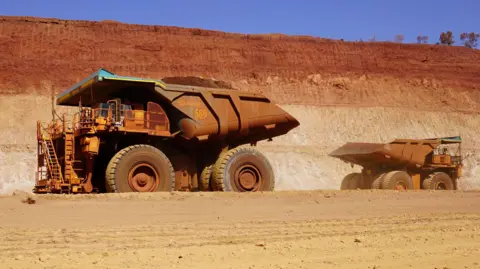
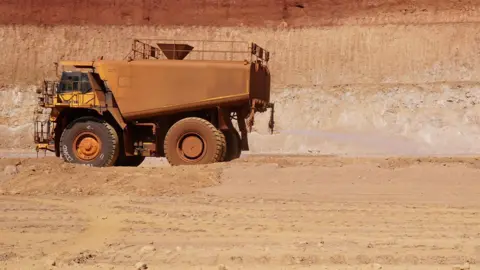
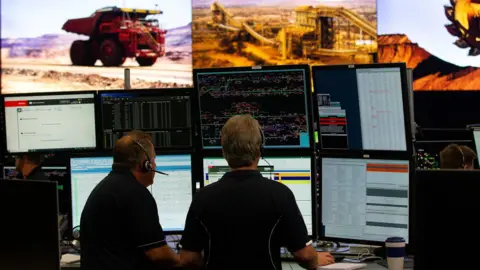

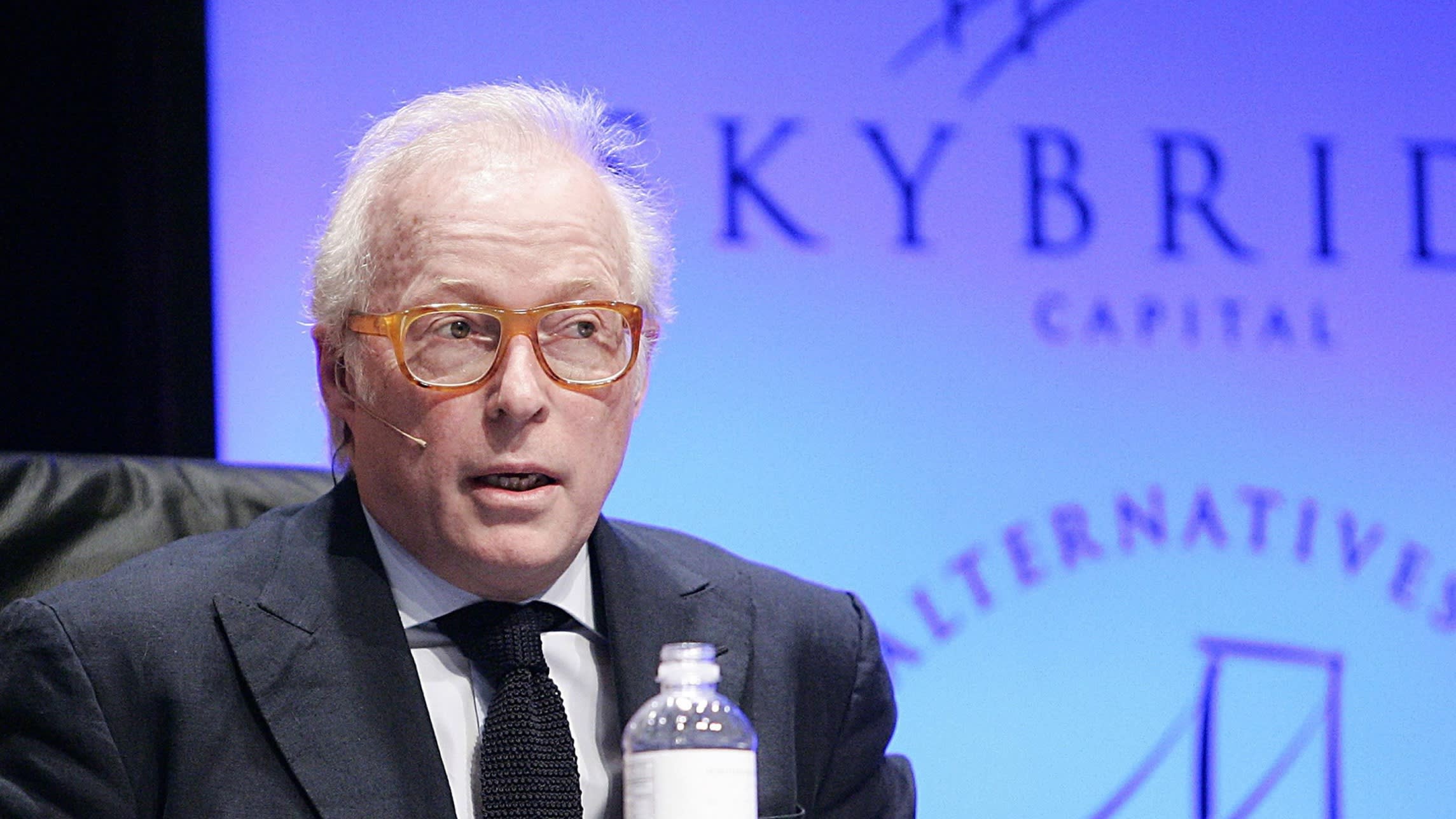

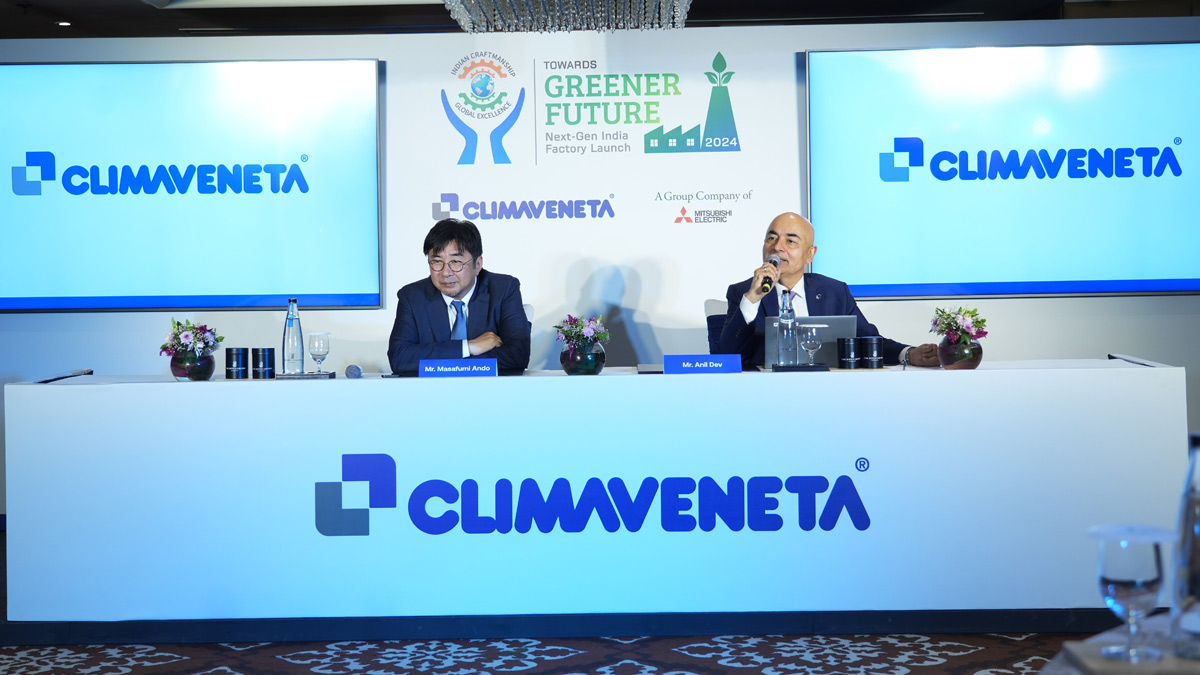
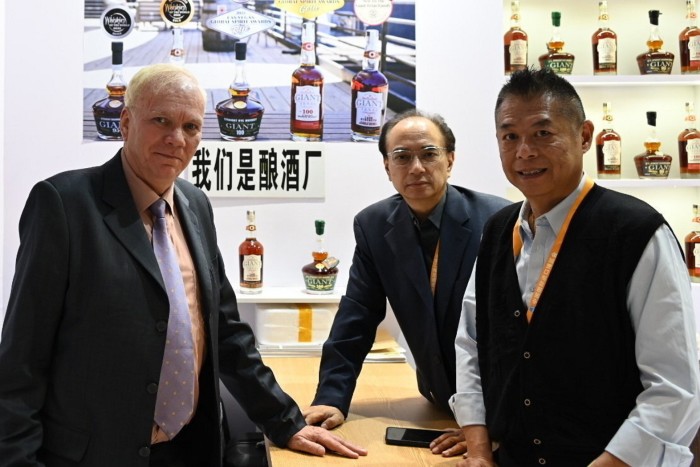
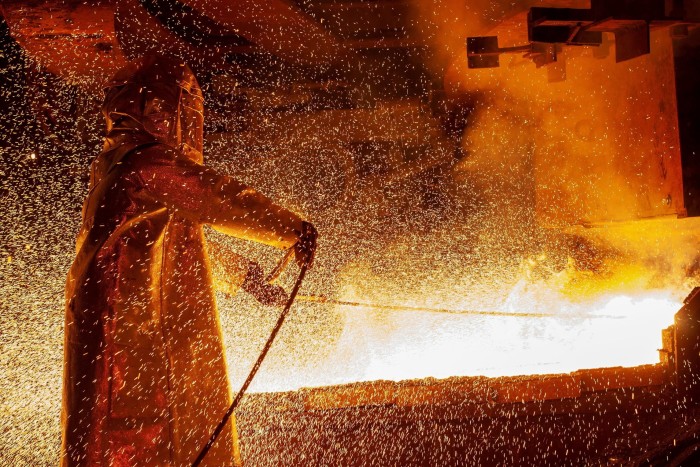

































































































































































You must be logged in to post a comment Login